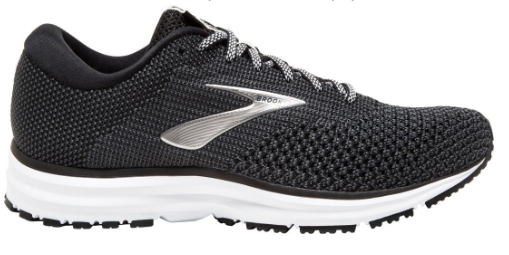Do Running Shoes Cause Injury
November 25, 2019
Running, at all levels, has a very high injury rate. This has led to countless amounts of studies and researchers dedicated to figuring out ways to prevent running-related injuries. Certainly, there are quite solid plans a runner can follow to lower their risk of injury, but the question that lingers is why are we so susceptible to injury when doing a sport that we are biologically able/made to do.
Perhaps a perfect example of humans being able to run naturally and injury-free is seen through the Tarahumara indigenous people of Mexico. They are already renowned for their community-wide ultra-distance running abilities, running at least 50 miles every day, from the time they are young to when they are in their seventies or eighties. Even more remarkable, injury is not existent for the Tarahumara. Despite running ultra distances every single day, they are not hurt or unable to run because of a running injury. However, the most remarkable thing about this indigenous group is that they run barefoot. This proves that humans are able to run, perhaps even biologically made to run.
There has been a subculture of some sort in running of those who run barefoot. The barefoot running movement is something relatively new to the sport, and the process is simple. Run like one always would, just with no shoes. Obviously, there are increased hazards in running barefoot, such as broken glass on the surface. Additionally, foot pain/problems could ensue, and so a barefoot runner will very slowly build up their mileage until they are running regular mileage again. The benefit of it, however, is to essentially teach the runner how to run the way humans are biologically formed to run. An extremely common dysfunction in the average person’s running form is a habit called heel-striking, in which a runner’s first contact with the ground after each step is at the heel. Perhaps one of the reasons this is so common is because of running shoes that focus extra support on the heel portion of the shoe. Regardless, heel striking is harmful, and it essentially sends a shock up the whole leg with each step, while making running in general significantly higher impact than it needs to be. Joint damage, stress to the shins, and a plethora of other injuries can therefore ensue. Barefoot running essentially teaches runners how to land in the range from the middle of their foot to the balls of their feet. Through this smooth running style, the impact is significantly lessened and the motion is more natural. The result, proven by science repeatedly, is fewer injuries, which is the motivation of the majority of barefoot runners.
It would be too audacious to claim that running shoes cause injury and everyone should be running barefoot if they want to be injury-free. Barefoot running is extreme to an extent, and running shoes with large bulky soles is an extreme. Nike and other running companies are now trying to find a happy medium. After the Tarrahumarra became known worldwide, Nike released its “free run” running shoe. Their advertisement slogan for the shoe was one simple phrase: “run barefoot.” The Vibram five fingers shoes additionally strive to serve the same purpose. The idea behind both of these shoes supports the barefoot running logic and tries to negate the downsides of it, such as protection of the feet from debris on the road or soften the impact slightly of pavement. If this happy medium is achieved is up to one’s own opinion, but the movement of shoes supporting the way humans are biologically made to run could make injury in running a threat of the past. When answering the original question of do running shoes cause injury, it is largely dependent on the shoes. There are a plethora of different types of running shoes, but ones with bulky and large soles, in my opinion, can definitely be a source of injury. The problem that can arise is that a runner will start running in such bulky shoes, and will therefore never learn how to run properly, or at least with an absence of heel-striking. If a runner first learned how to run properly, potentially through barefoot running, and then used running shoes, these shoes could be more beneficial.

